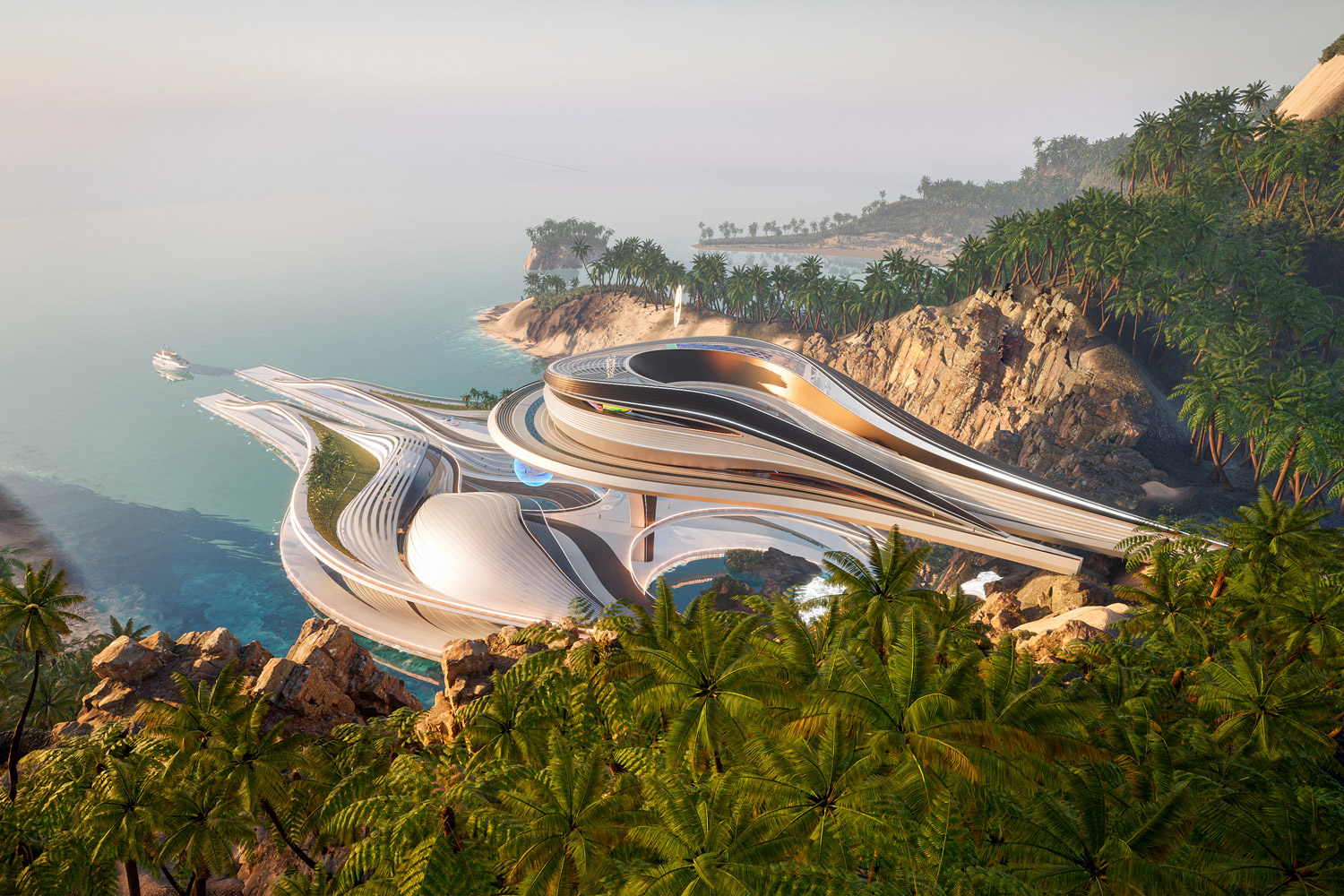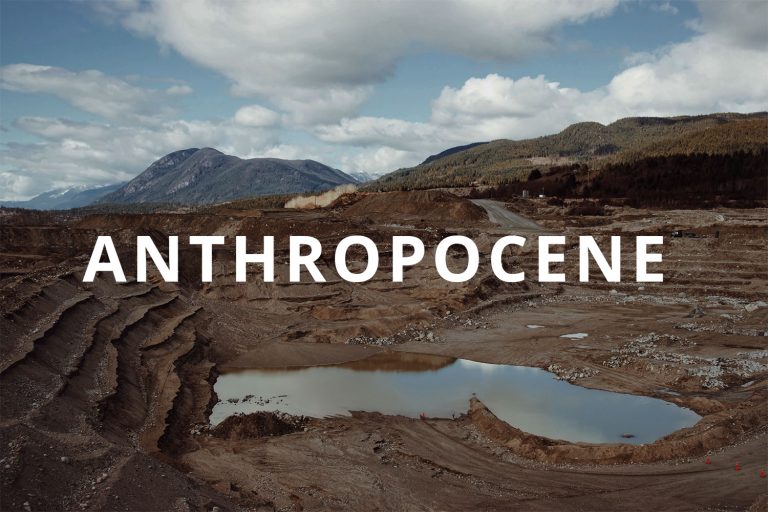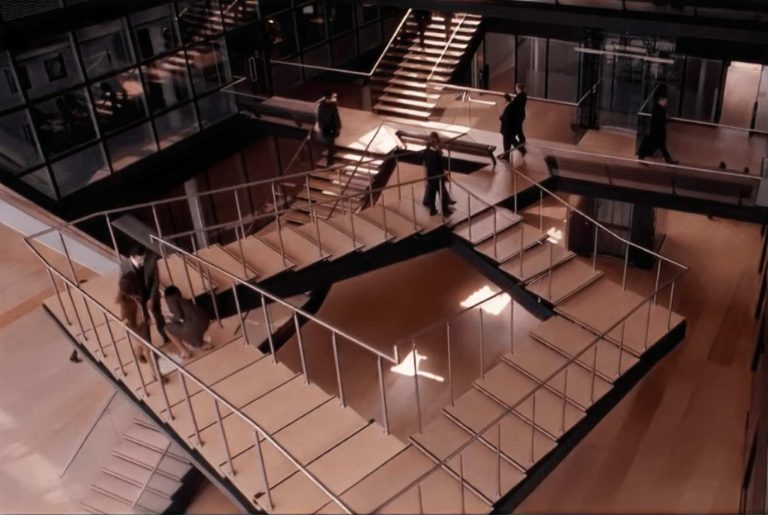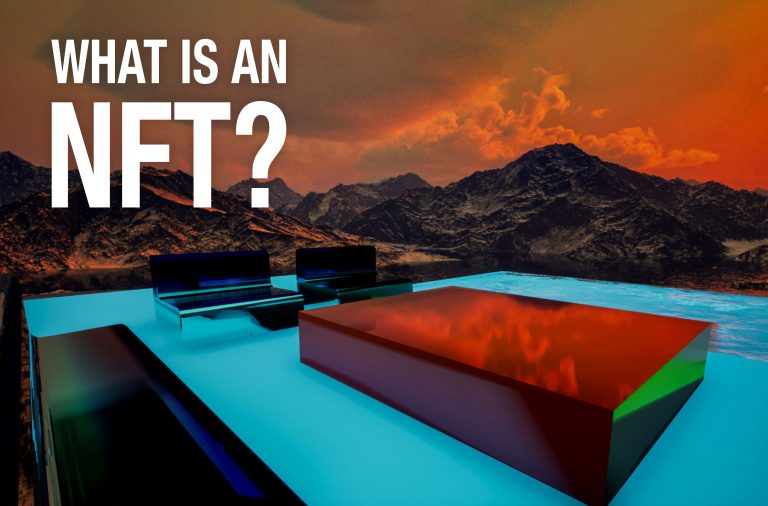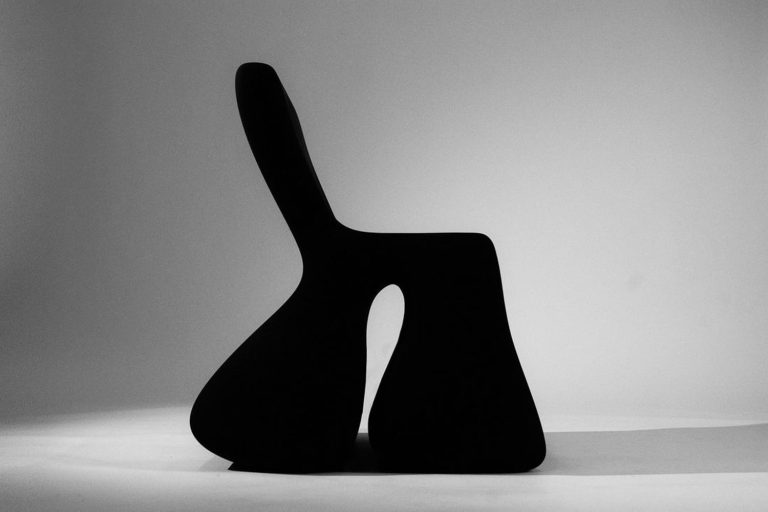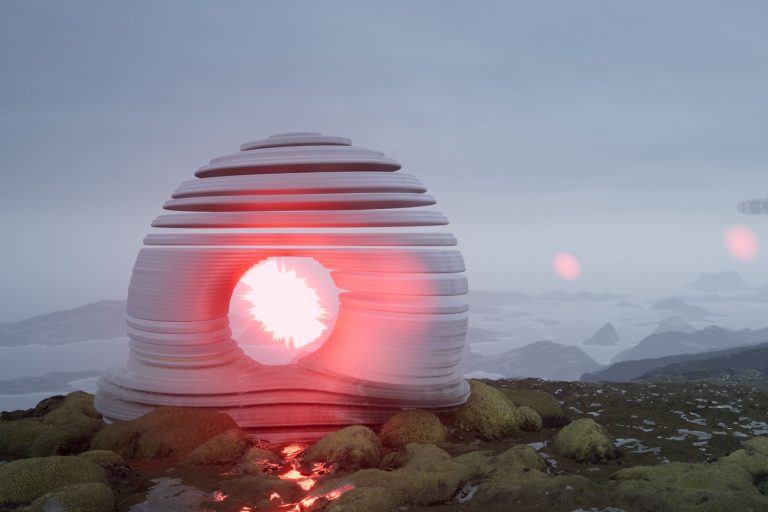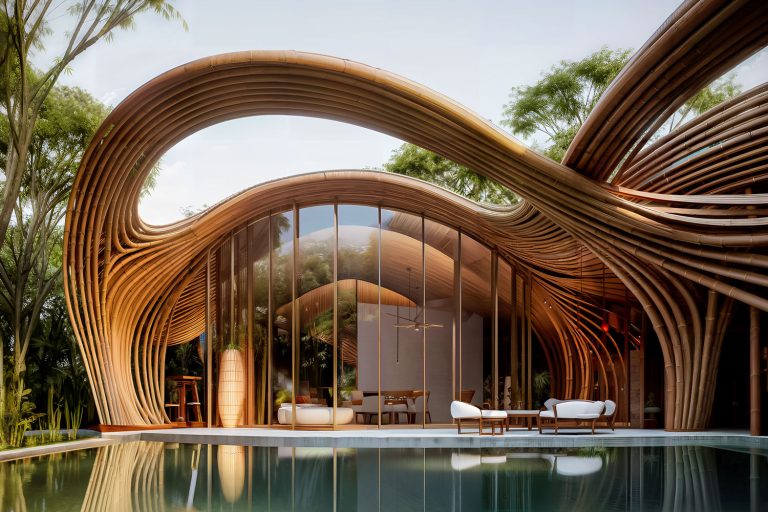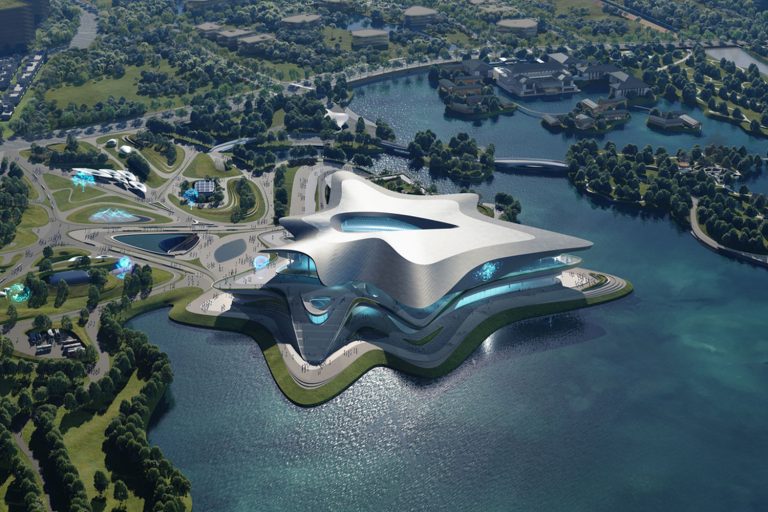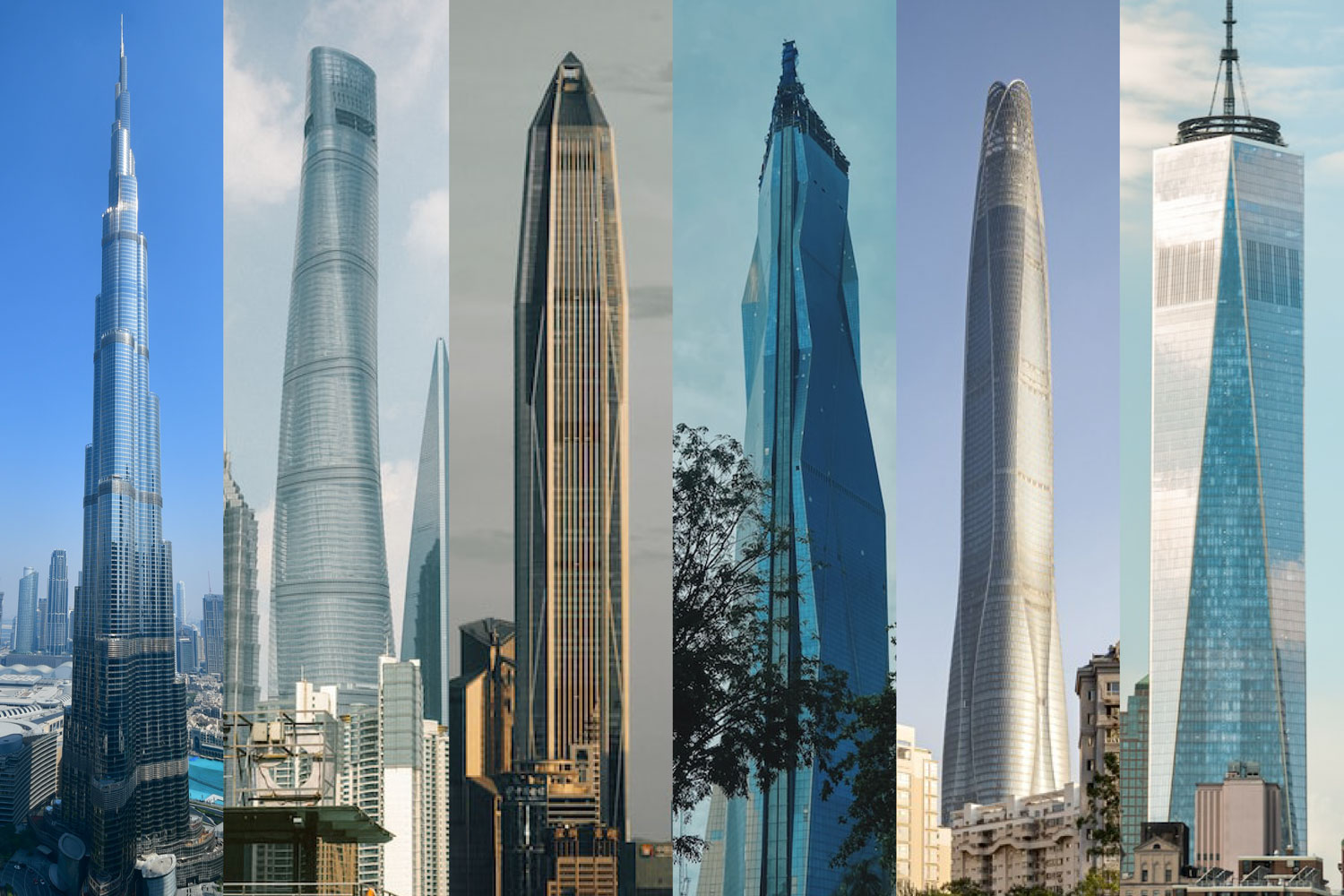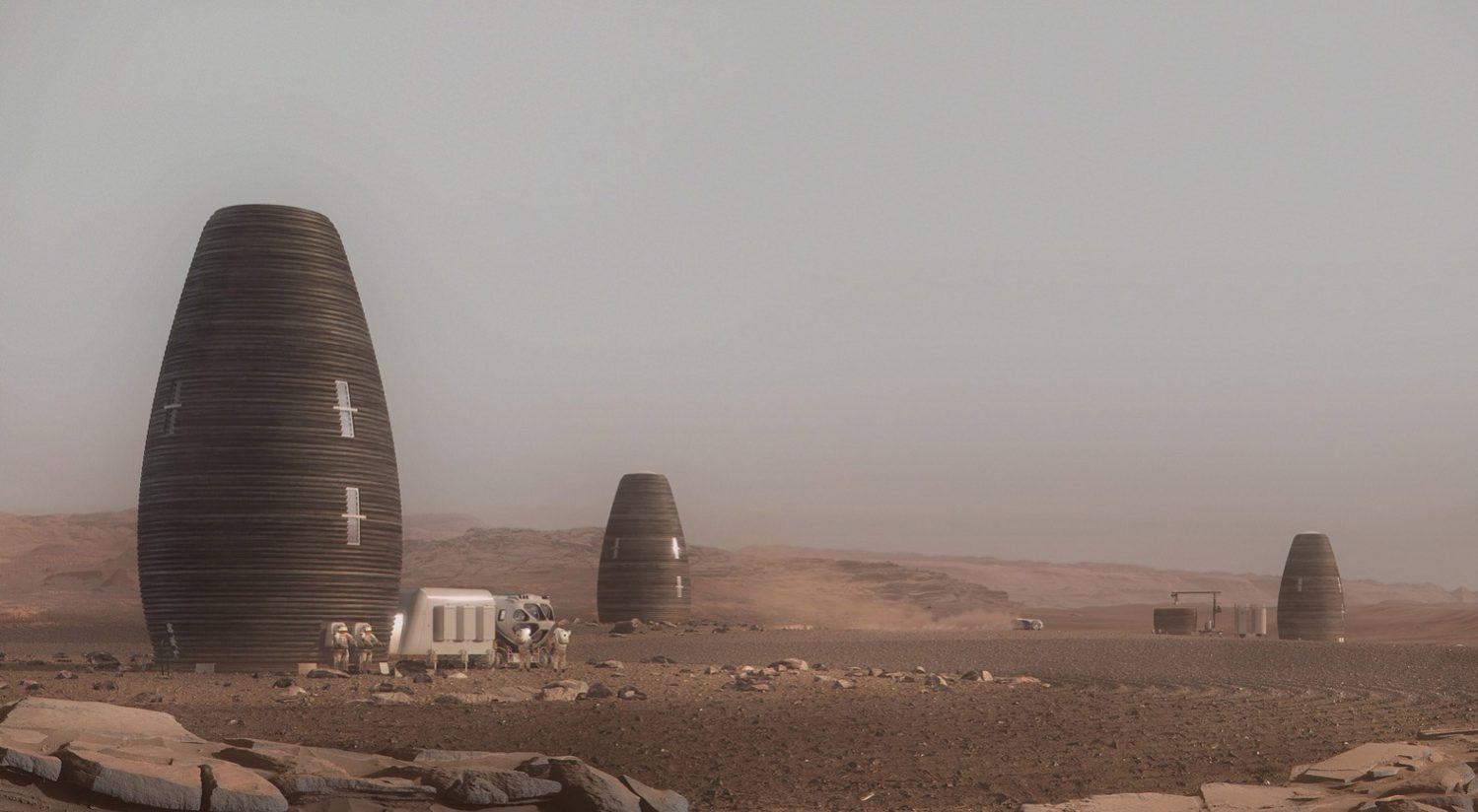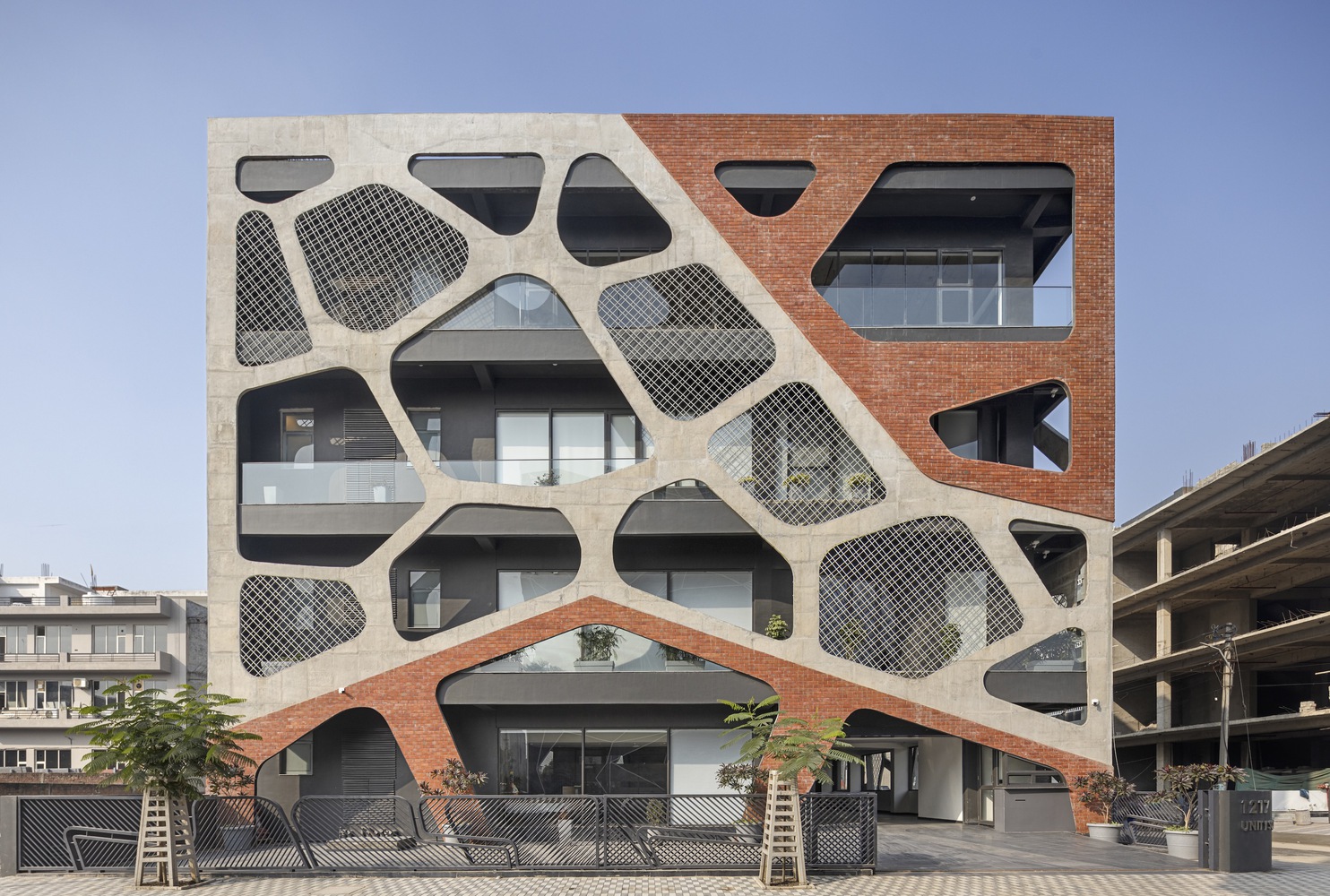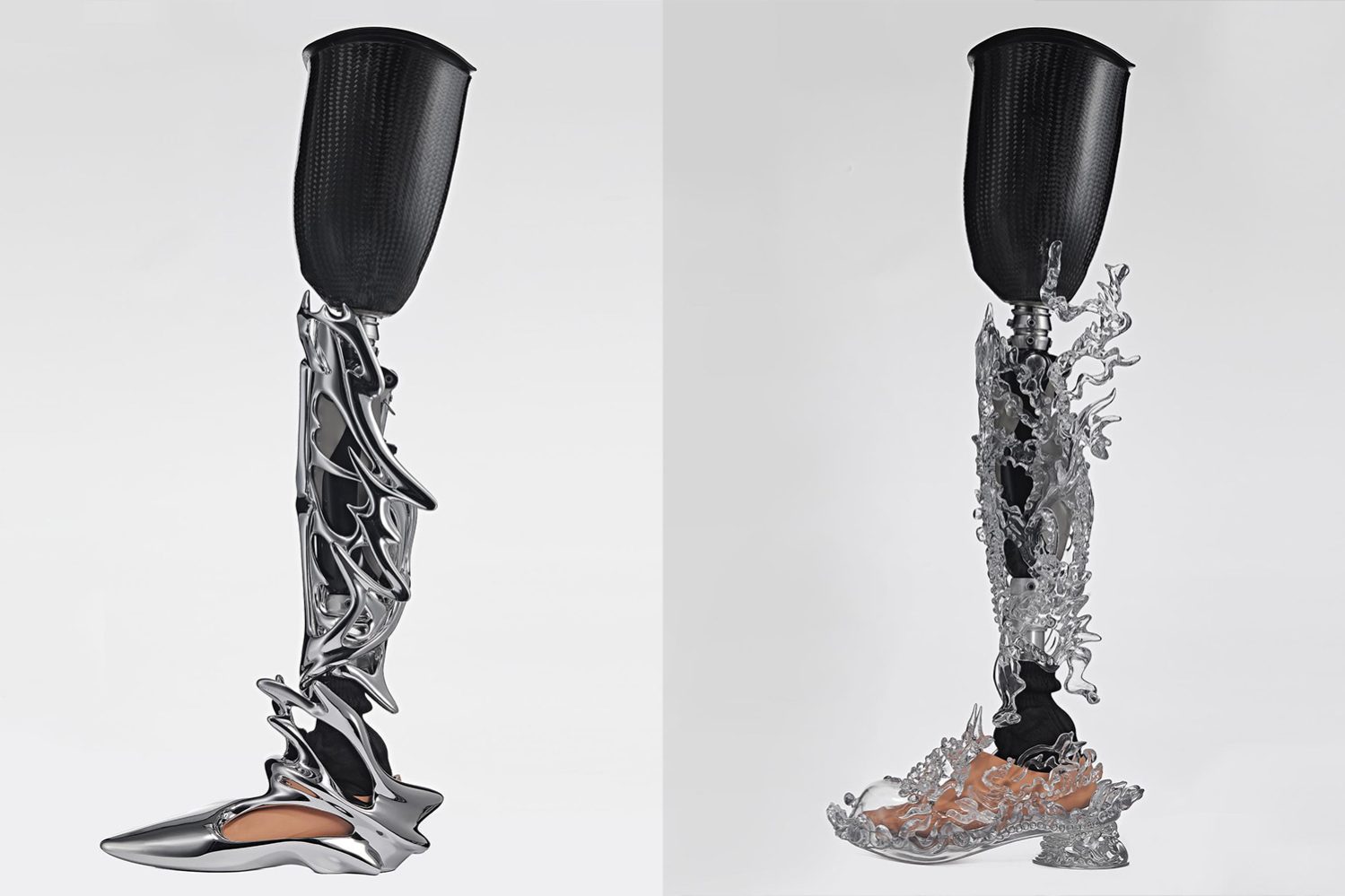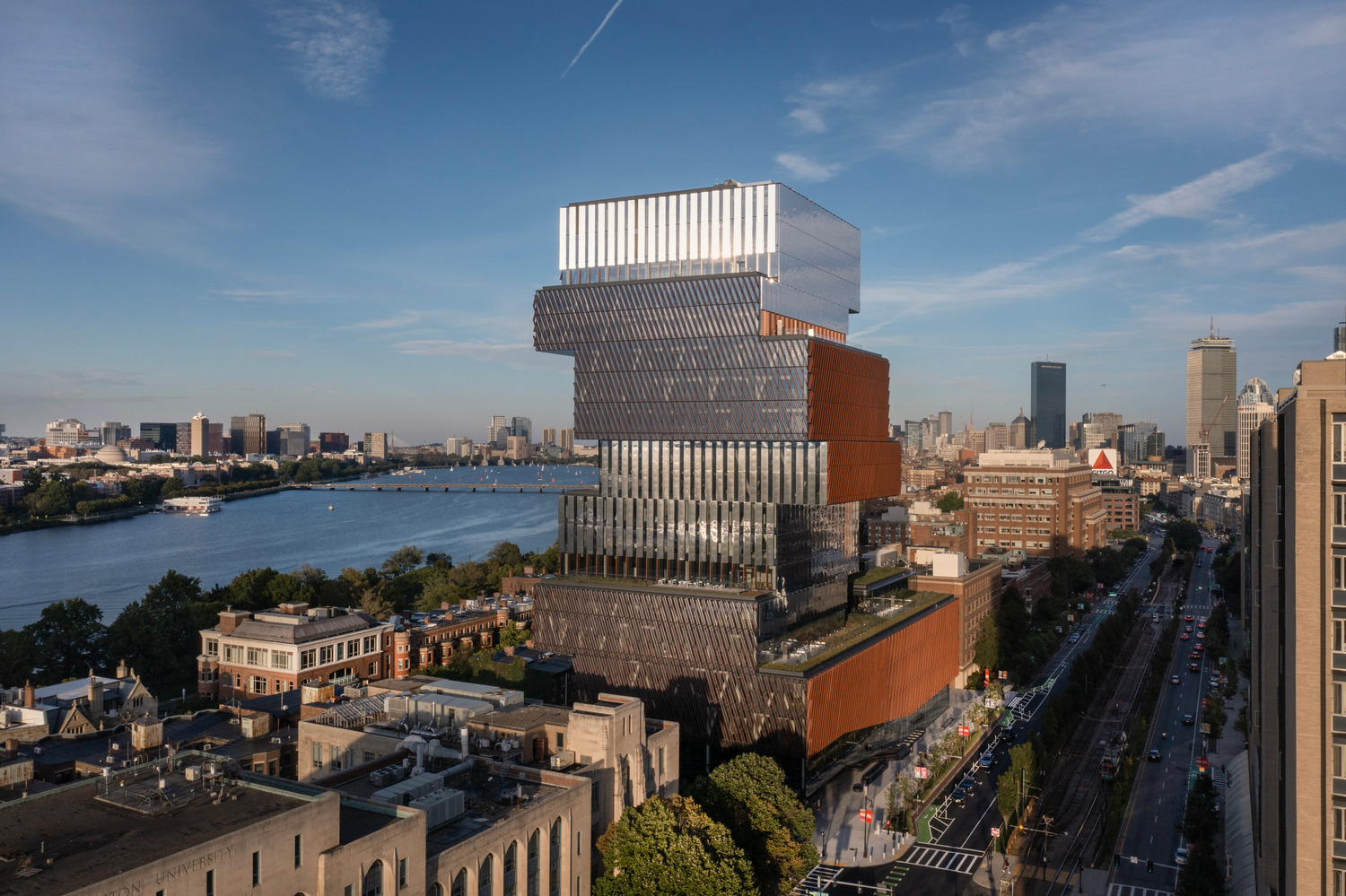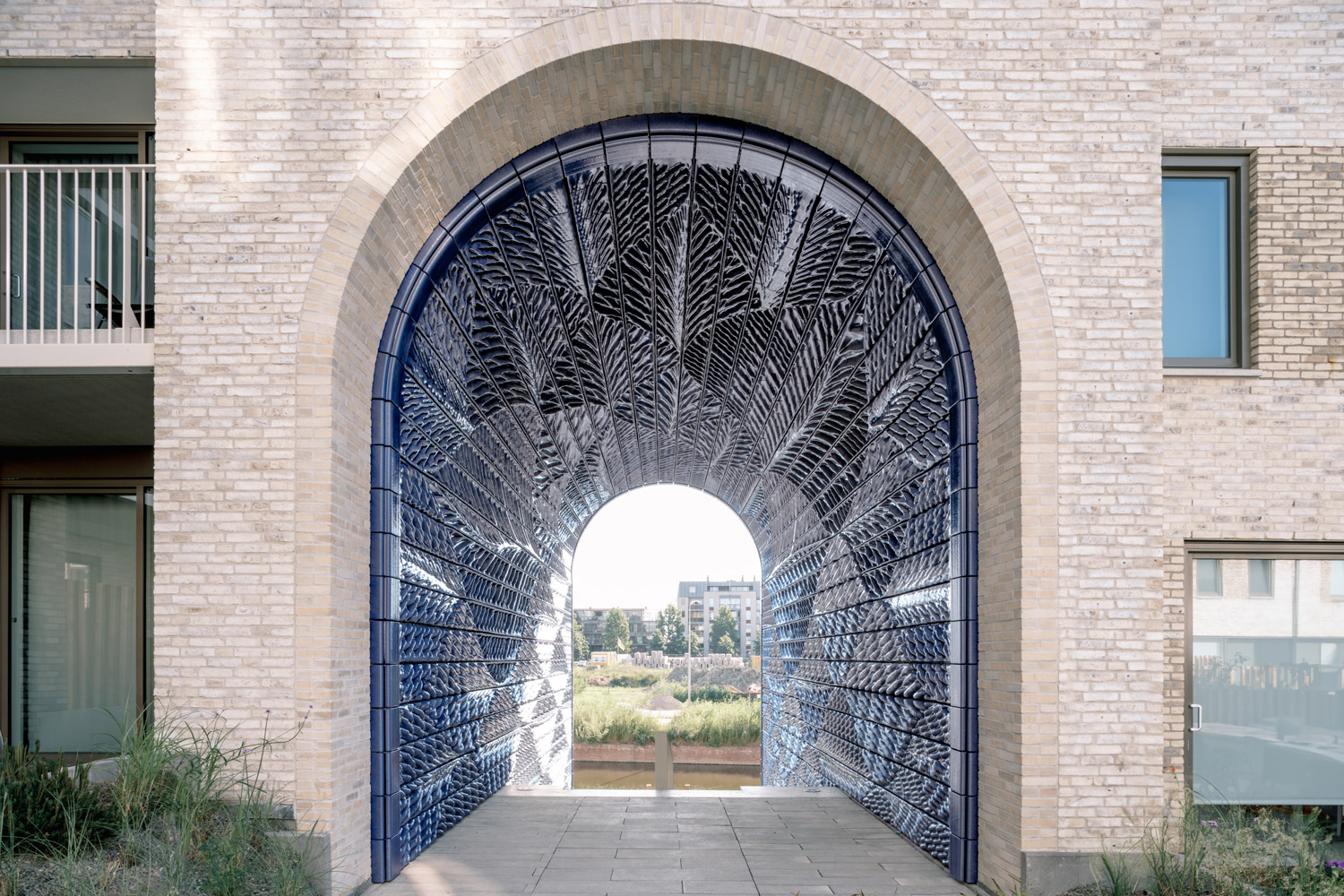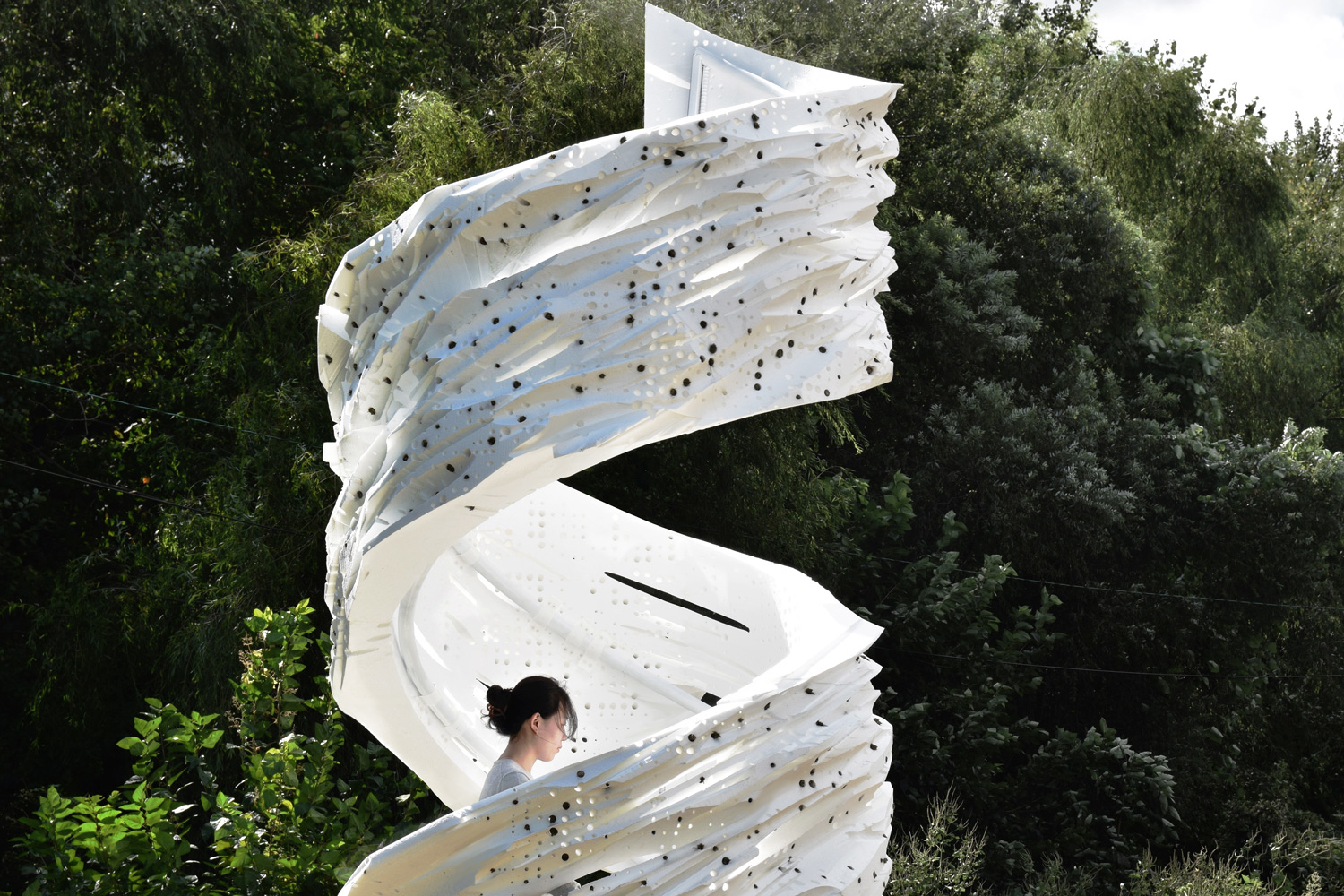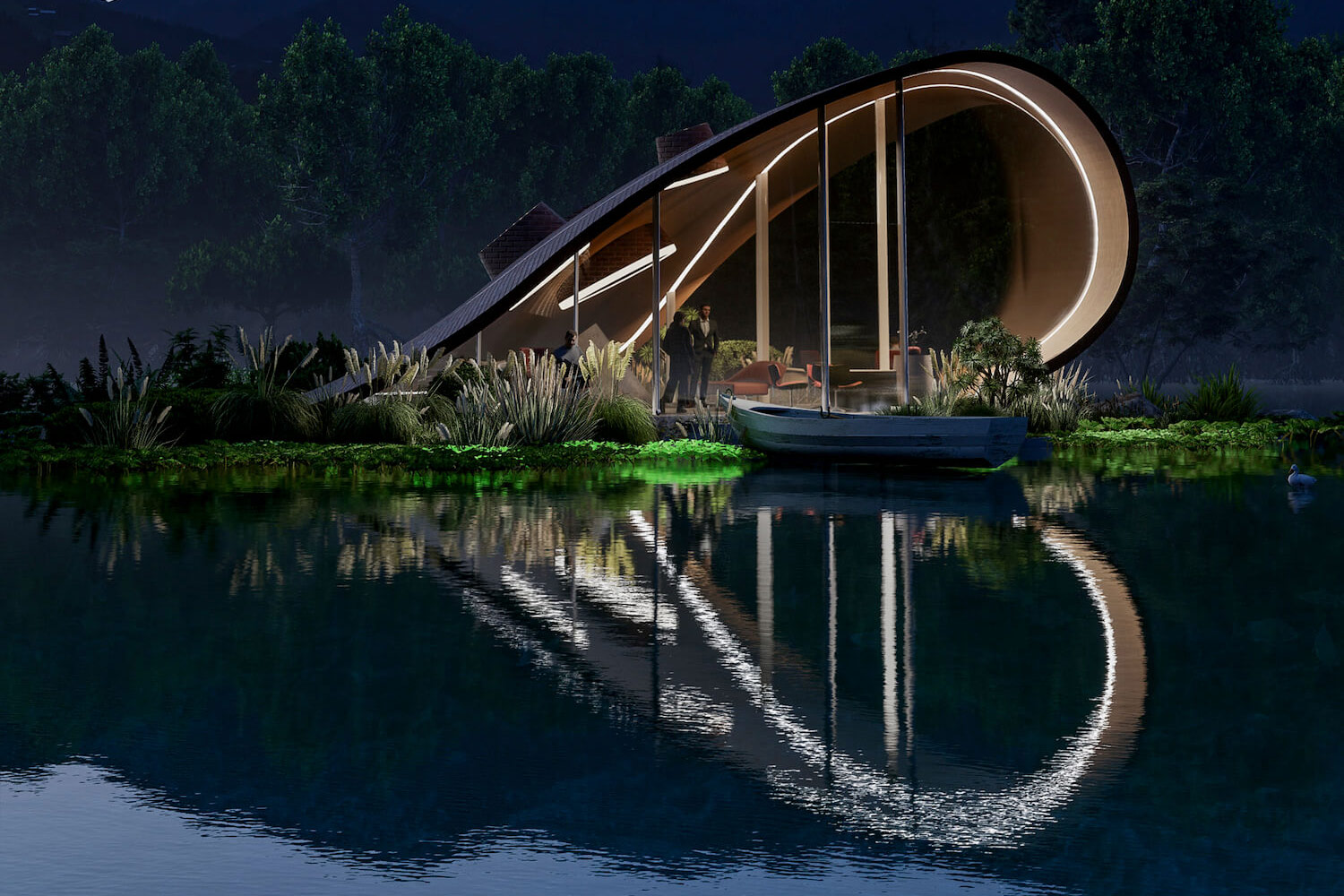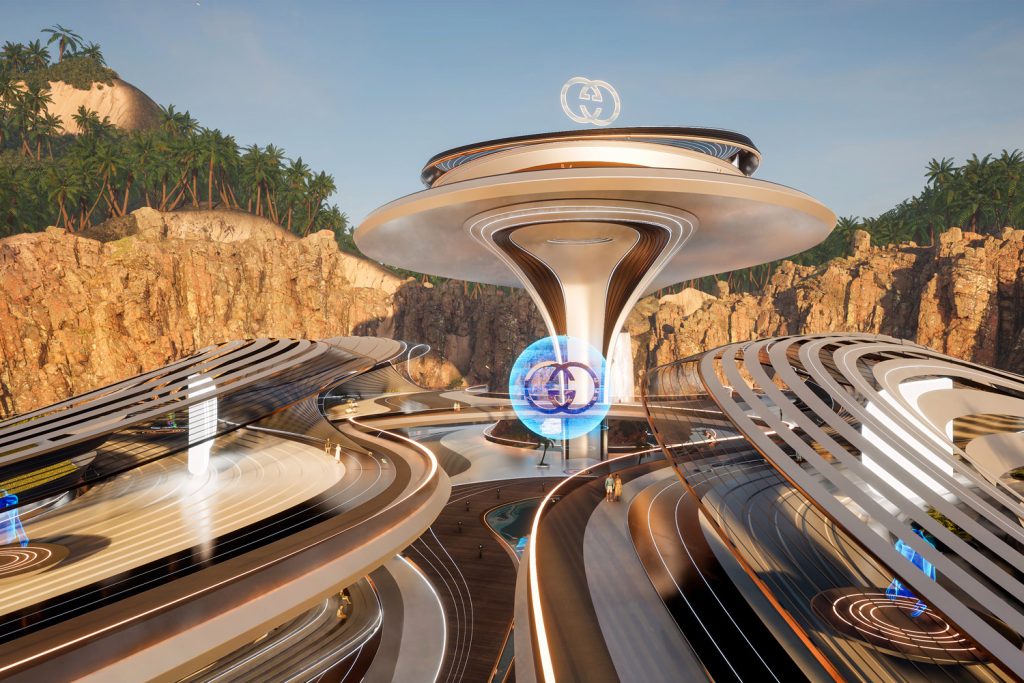
The Gucci Meta-Mansion was designed by Reem Bamanie, Muhammed Shawkat, and Akshaya Rupasri as part of PAACADEMY‘s “Meta-Fluid Studio 3.0” with Mariana Cabugueira.
The starting point of their project, The Gucci Meta-Mansion, was the intersection of the metaverse, the world of fashion, and Guccio Gucci’s visionary journey that began in 1921 with his luggage atelier. This ambitious foundation propelled them into uncharted territory, embracing the realm of Web3 and the Metaverse—a virtual world operating on a decentralized Blockchain network. Inspired by Gucci’s rich heritage and the team’s passion for innovation, they embarked on a mission to redefine luxury in virtual architecture.
According to the team, the Gucci Meta-Mansion project seamlessly blends the immersive experience of the metaverse with the captivating allure of high fashion. It is a testament to their commitment to pushing boundaries, fusing Gucci’s legacy with the limitless possibilities of the Metaverse. The Gucci Meta-Mansion stands as proof of the potential of the metaverse as a platform for fashion innovation and a glimpse into the future of virtual cities where fashion and the metaverse seamlessly intertwine.
Inspiration
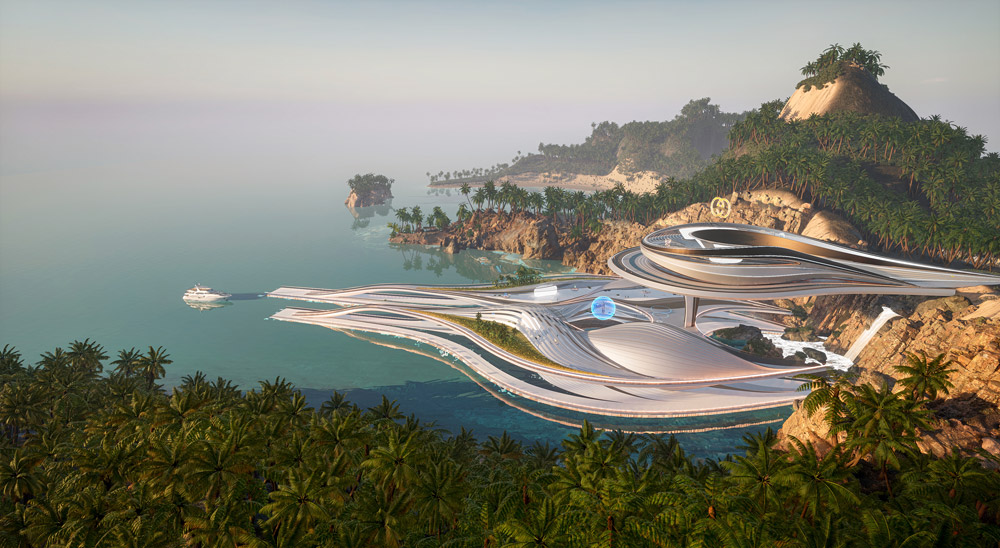
The mutual relationship between architecture and fashion design has persisted since the earliest days of human civilization. From using animal skins for clothing in the Stone Age to building shelters with bones, this enduring connection drives innovation and inspires fresh perspectives in both fields.
About the Client:
Gucci, a brand known for its technological sophistication, glamour, and forward-thinking approach, embarks on an exciting journey that embraces fashion design and the metaverse. Guided by the same bold spirit that led Guccio Gucci to establish his luggage workshop in 1921, the House now explores uncharted territory – Web3 and the Metaverse. Gucci actively participates in the digital realm, pushing boundaries and exploring the infinite possibilities that lie within the metaverse.
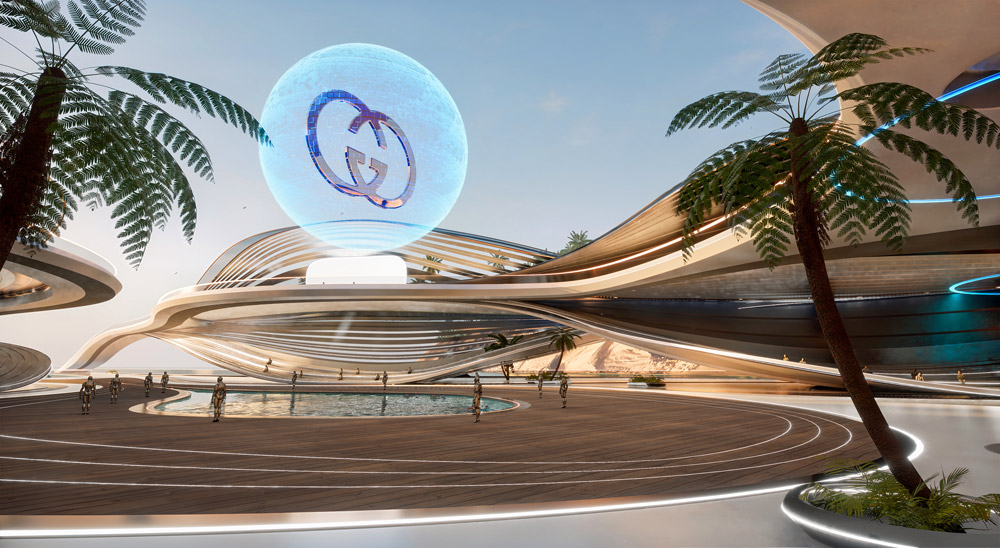
Why GUCCI?
With a dedicated team passionately driving metaverse initiatives, Gucci is setting new standards for fashion in the digital world. Their recent metaverse experience, GUCCI® VAULT, showcases their innovative spirit and unwavering commitment to innovation. In an exciting collaboration, Gucci has partnered with Yuga Labs, the creators of the Bored Ape Yacht Club NFT collection. Additionally, Gucci has launched an experimental space for NFTs, vintage items, and emerging creators in The Sandbox, making them the first major luxury brand to create its own world within the Metaverse platform.
More About GUCCI Meta-Mansion:
Gucci’s Metaverse Mansion is a testament to Guccio Gucci’s vision, harmonizing architecture, fashion design, and nature. The villa serves as a stunning embodiment of the evolution of fashion design, showcasing how humanity’s creative journey has intertwined with the natural world. By seamlessly integrating the beauty of nature within its structure, Gucci Meta-Mansion inspires visitors to discover the boundless possibilities of fashion and its profound influence on our lives as it weaves together the past, the present, and a boundless future.
Design Process
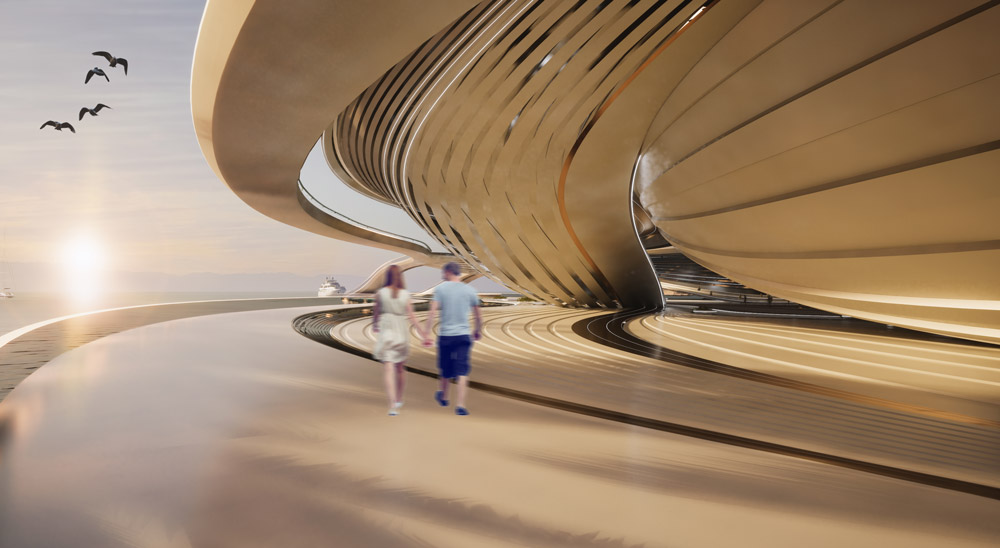
Their design began with the ambition to blend their project seamlessly with the surrounding nature. They embarked on a mission to redefine luxury in virtual architecture, recognizing the enduring relationship between architecture and fashion design throughout human history. By harmonizing these disciplines with nature, their villa stands as a stunning embodiment of the evolution of fashion design, showcasing the intertwining of humanity’s creative journey with the natural world.
Situated on a cliff, the project uses unique topography to create structures harmonizing with the environment. They aim to create a functional and artistic building that becomes iconic in the natural landscape. Looking towards the future, we envision the transformative potential of the metaverse, and their goal is to turn their present vision into tomorrow’s reality.
Software & Modeling
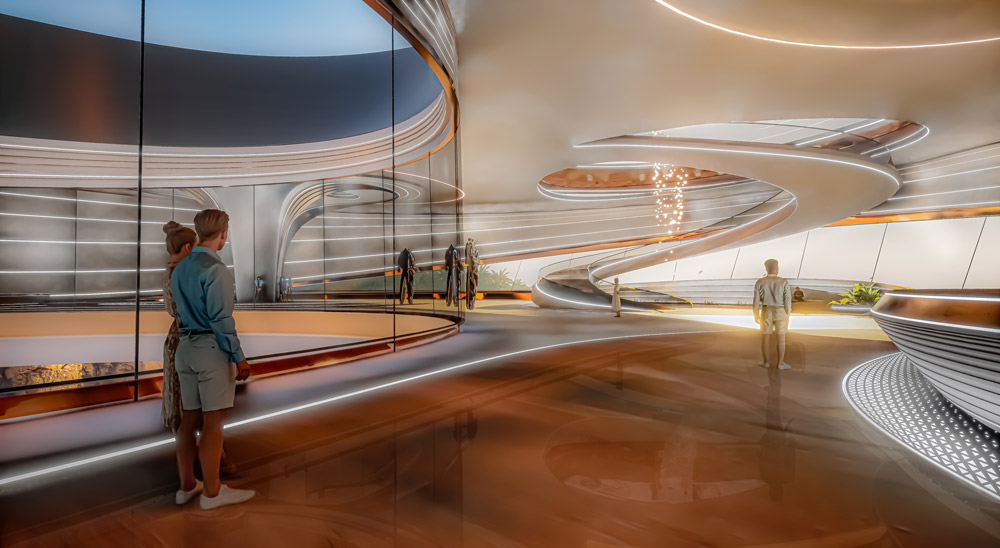
They relied on Autodesk Maya as their primary software tool for modeling The Gucci Meta-Mansion project. According to the team, Maya was pivotal in their creative process, empowering them to craft intricate 3D models and achieve fluid architectural designs. With its comprehensive features and user-friendly interface, Maya gave them the precision and control needed to shape every detail of the virtual villa meticulously. They leveraged Maya’s powerful capabilities to explore diverse design possibilities, visualize spatial arrangements, and seamlessly integrate elements of luxury and functionality. The versatility of Autodesk Maya made it an invaluable asset, enabling us to bring their vision to life with remarkable accuracy and finesse.
In conjunction with Autodesk Maya, we leveraged the immersive capabilities of Unreal Engine. This cutting-edge real-time rendering engine provided them with a seamless and visually captivating experience of our designs. Unreal Engine’s advanced graphics and physics simulations enabled us to create a lifelike virtual environment, allowing their clients to immerse themselves in the luxurious spaces they envisioned fully.
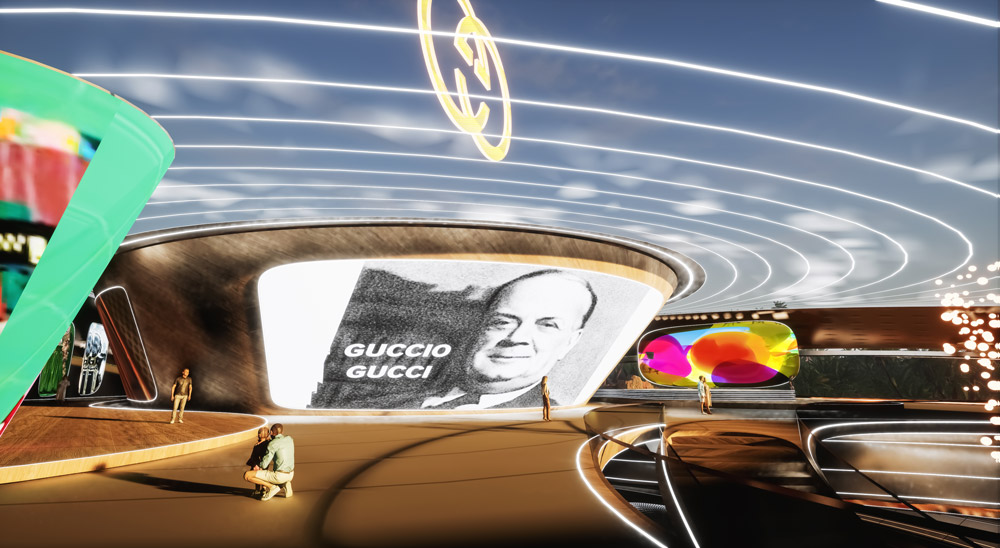
By harnessing the power of Autodesk Maya and Unreal Engine, they pushed the boundaries of virtual architecture and shaped the future of Gucci’s virtual cities. The team states, these software tools served as the backbone of their creative process, facilitating collaboration, enabling them to deliver a high-quality and immersive experience, and ultimately bringing the Gucci Meta-Mansion to life in the metaverse.
Unreal Engine played a fundamental role in this course, with a specific focus on two main software applications: Maya and Unreal Engine. Maya, a leading 3D modeling software, provided the foundation for creating intricate and detailed assets, characters, and environments. On the other hand, Unreal Engine served as a powerful game engine that enabled them to bring these assets to life and construct immersive interactive experiences. By combining the capabilities of Maya and Unreal Engine, they were able to develop a comprehensive understanding of the entire game development pipeline, from asset creation to real-time rendering and gameplay implementation. This integration ultimately allowed them to deliver an engaging project for a wide audience.
Key Features
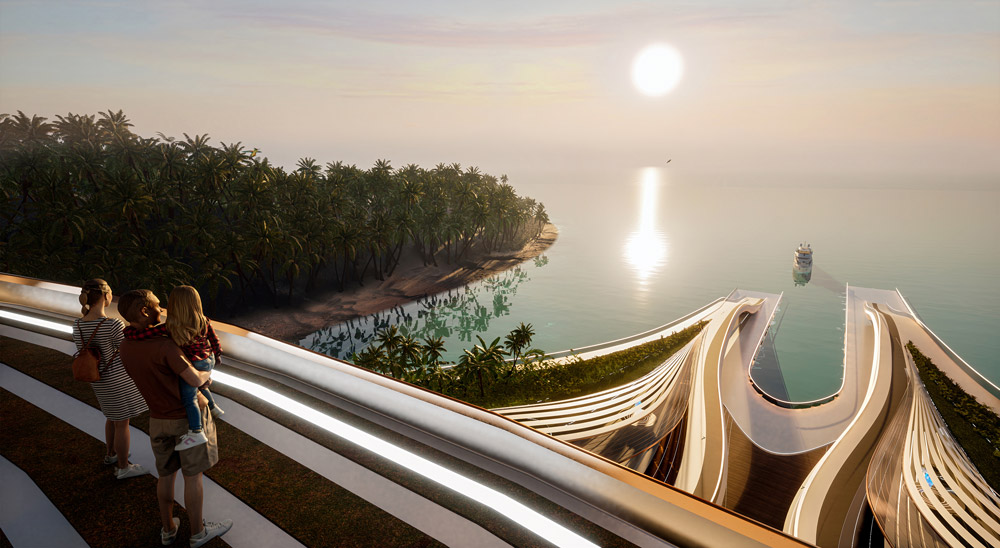
One key feature of their project is the seamless connection they established between their design and the cliff, integrating it into the surrounding natural landscape. By carefully considering the topography, they ensured that every part of the project became functional and blended harmoniously with nature. The upper portion of the structure exhibits a strong connection with the cliff and rocks, emphasizing its integration into the elevated landscape.
On the other hand, the lower part gracefully incorporates wavy elements, reminiscent of the nearby water. Through this cohesive design approach, they maximized the functionality of each area while ensuring that the entire project became an iconic and interconnected part of the natural environment.
Conclusion
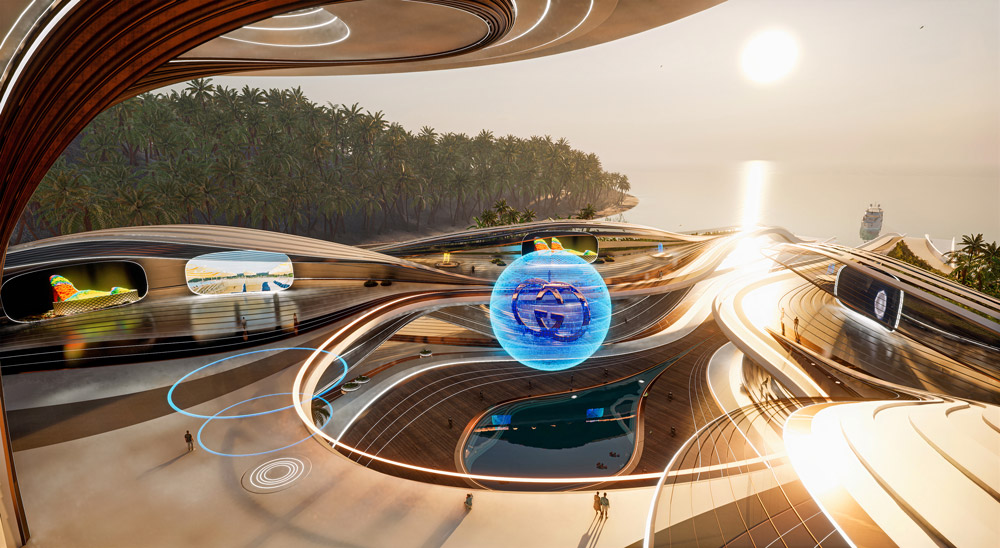
The Gucci Meta-Mansion is a virtual private villa within a natural environment, redefining luxury in virtual architecture. Exclusively designed for Gucci’s owner, François Pinault, this immersive experience showcases the brand’s unparalleled innovation and rich heritage. Seamlessly blending physical and virtual spaces, the Meta-Mansion offers access to luxury NFT digital wearables, private meetings, fashion showcases, and an inspiring fashion runway for the Metaverse fashion week.
With meticulous attention to every detail, this villa offers elegant spaces that harmoniously combine sophistication and functionality. The three architectural designers deliver an immersive environment using Autodesk Maya and Unreal Engine. They pushed the boundaries of fluid design beyond the confines of time and space to shape the future of the next 100 years of Gucci virtual cities.
*The text was provided by Reem Bamanie, Muhammed Shawkat, and Akshaya Rupasri and reviewed by the PA Editorial Team.


